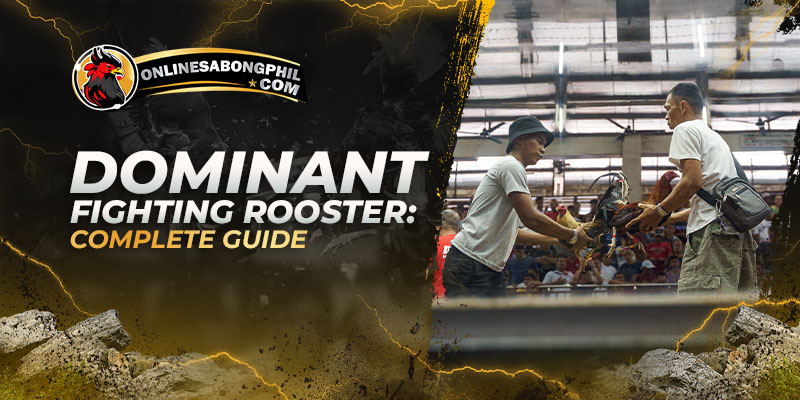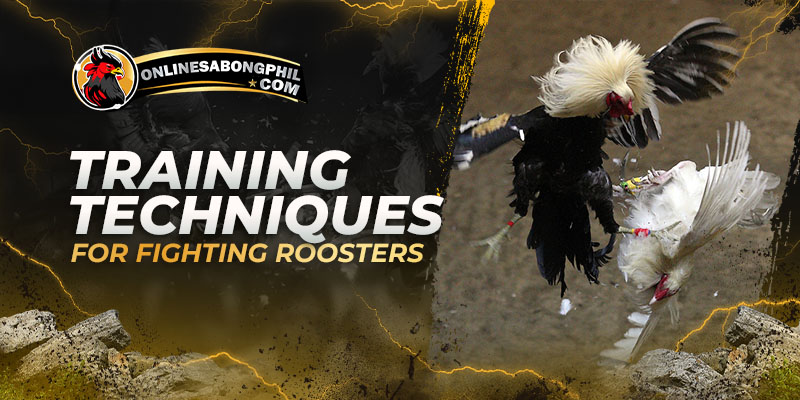The world of cockfighting is both ancient and diverse, with traditions spanning across continents. At the heart of this sport lies the fighting rooster, a bird bred for its strength, agility, and fighting prowess. In this comprehensive guide, we will delve into the world of dominant fighting roosters, exploring their breeds, training, care, and the cultural significance of cockfighting.
Breeds of Fighting Roosters
Asil
- Origin: The Asil breed has its roots in India and Pakistan, where it has been cherished for centuries for its fighting prowess.
- Characteristics: Asils are known for their strong and muscular build, which contributes to their aggressive nature. Their physical strength is a key factor in their fighting ability.
- Fight Style: In the arena, Asils are recognized for their powerful strikes and remarkable endurance. They are capable of sustaining long battles and delivering forceful blows to their opponents.
Shamo
- Origin: The Shamo breed originates from Japan, where it is highly regarded for its combat skills.
- Characteristics: Shamos are characterized by their tall and upright posture, which is supported by their strong legs. This distinctive stance gives them an imposing presence.
- Fight Style: Shamos are known for their high kicks and relentless attacks. They utilize their height and leg strength to overpower their adversaries with continuous assaults.
Spanish Gamefowl
- Origin: As the name suggests, this breed hails from Spain, where it is admired for its agility and intelligence in the ring.
- Characteristics: Spanish Gamefowls are fast, agile, and intelligent birds. Their quick movements and sharp minds make them formidable opponents.
- Fight Style: In combat, these birds employ quick and tactical strikes. They use their speed and intelligence to outmaneuver their opponents and strike at opportune moments.
Kelso
- Origin: The Kelso breed was developed in the USA and has gained popularity for its performance in cockfights.
- Characteristics: Kelsos are known for their speed, intelligence, and adaptability. They are quick thinkers and can adjust their strategy as needed.
- Fight Style: Their fighting style is characterized by swift attacks and strategic maneuvering. Kelsos aim to outsmart their opponents and deliver precise strikes to secure victory.
Sweater
- Origin: Also originating from the USA, the Sweater breed is a favorite among enthusiasts for its aggression and stamina.
- Characteristics: Sweaters are aggressive fighters with high stamina, allowing them to endure long battles and maintain their intensity throughout.
- Fight Style: In the ring, they are known for their persistent and powerful attacks. Sweaters continuously press their opponents, using their aggression and stamina to wear down and overpower them.
Training Techniques for Fighting Roosters
Physical Conditioning:
The primary goal of physical conditioning is to build muscle strength and endurance, which are crucial for a rooster’s performance in the ring. Key exercises include running to improve cardiovascular health, flying to enhance wing strength, and sparring to develop combat skills. These activities not only build physical prowess but also increase agility and reflexes.
Mental Training:
Mental training is aimed at enhancing the rooster’s fighting spirit and aggression, which are essential for success in battles. Controlled exposure to other roosters is a common method used to stimulate the fighting instinct. This can involve allowing the rooster to see and interact with other birds in a controlled environment, which helps in building confidence and aggression.
Diet and Nutrition:
A balanced diet is crucial for supporting physical growth, recovery, and overall health. The diet should be rich in proteins for muscle development, vitamins for immune system support, and minerals for bone strength. It’s important to provide a variety of foods to ensure a well-rounded intake of nutrients.
Sparring:
Regular sparring sessions are essential for honing fighting skills and tactics. Sparring with other roosters allows the bird to practice its moves, refine its strategy, and adapt to different fighting styles. It’s important to monitor these sessions closely to prevent serious injuries and to ensure that the rooster is learning and improving.
Rest and Recovery:
Adequate rest and proper care are vital for preventing injuries and maintaining overall health. Rest allows the body to heal and recover from the rigors of training and fighting. Providing a clean, comfortable environment and ensuring the rooster has access to fresh water and food are key aspects of care. Regular health check-ups can also help in early detection and treatment of any potential issues.
Conclusion
Dominant fighting roosters are a testament to the intricate blend of breeding, training, and care that goes into their development. While the sport of cockfighting is steeped in tradition, it is crucial to approach it with respect for the animals and an understanding of the legal and ethical implications. This guide serves as an introduction to the fascinating world of fighting roosters, providing insights into their breeds, care, and the cultural significance of cockfighting.
FAQs
What are the most popular breeds of fighting roosters?
The most popular breeds include Asil, Shamo, Spanish Gamefowl, Kelso, and Sweater, each known for their unique fighting styles and characteristics.
How long does it take to train a fighting rooster?
Training a fighting rooster can take anywhere from 6 months to a year, depending on the breed and the specific training regimen.
What is the ideal diet for a fighting rooster?
An ideal diet for a fighting rooster includes a balanced mix of grains, proteins (such as insects or fish), vegetables, and supplements to ensure optimal health and performance.
Visit us at Onlinesabongphil.com for more guides and tips!



